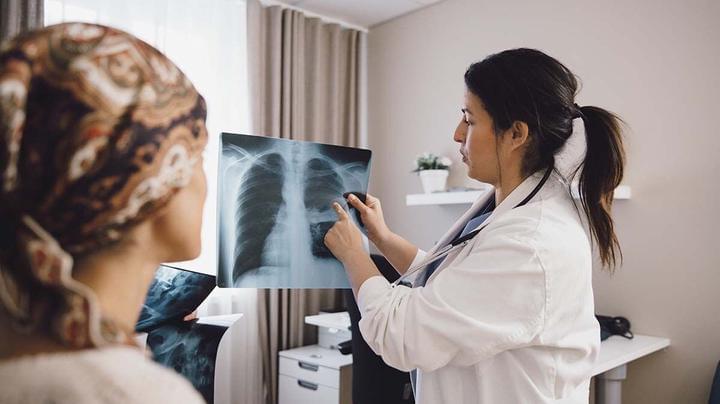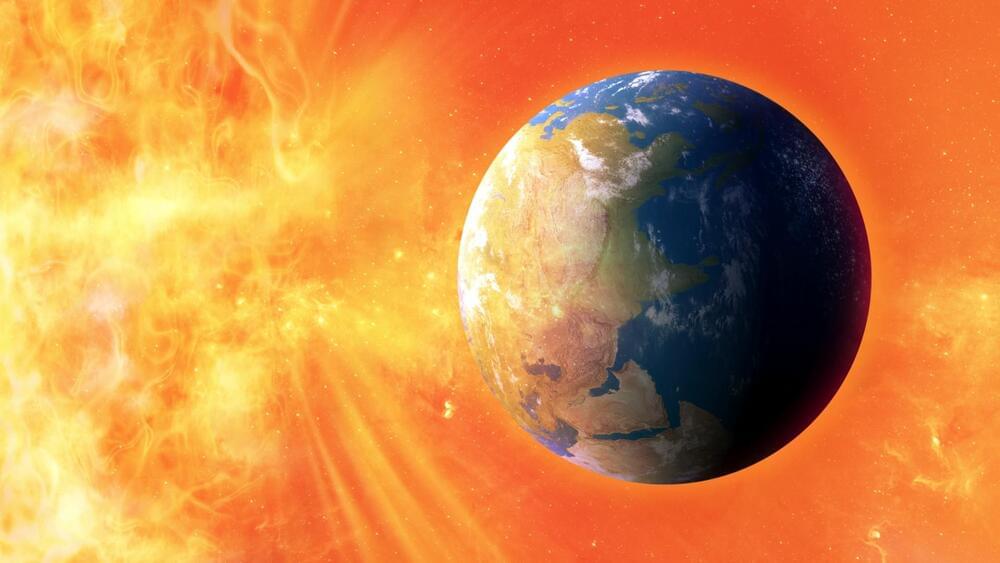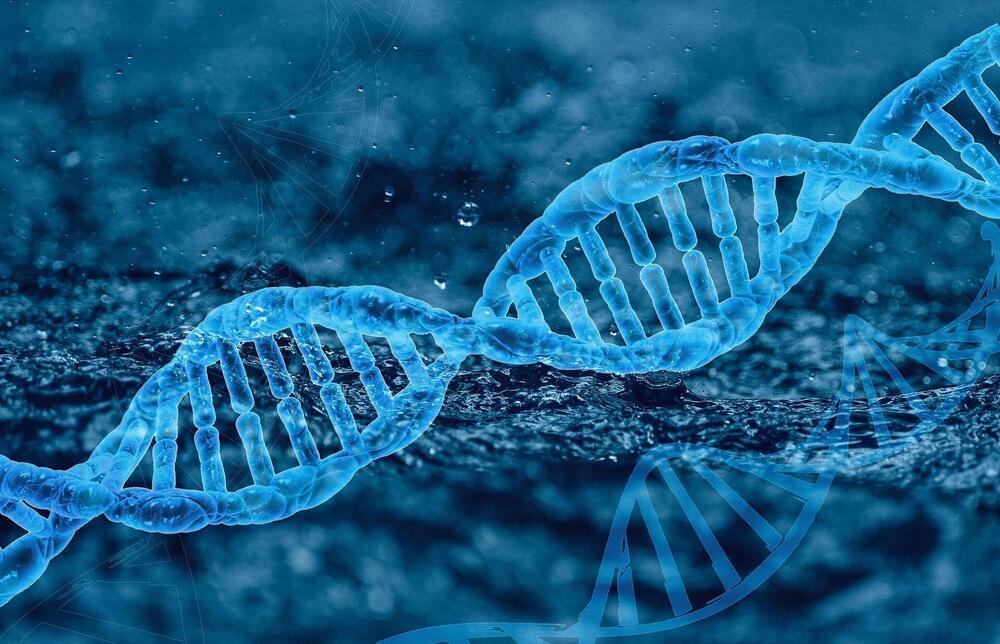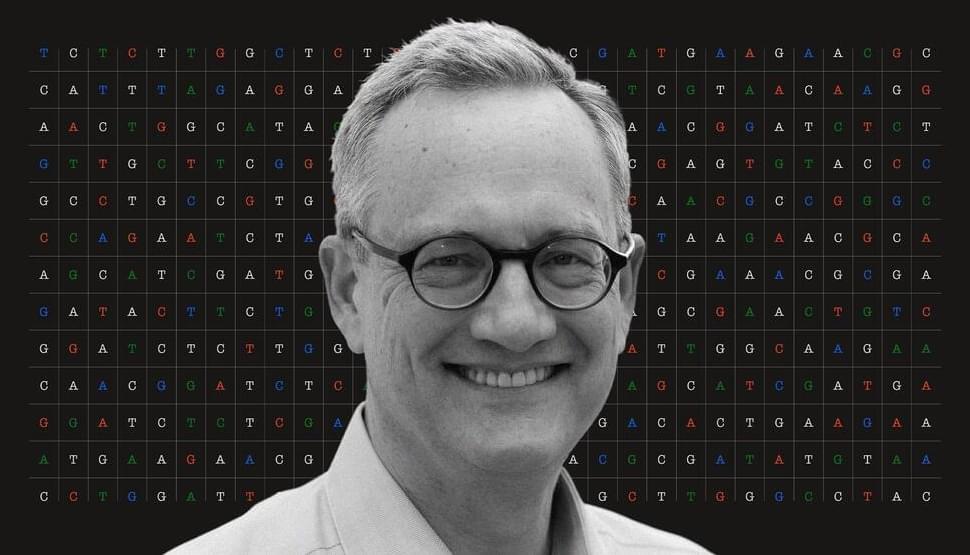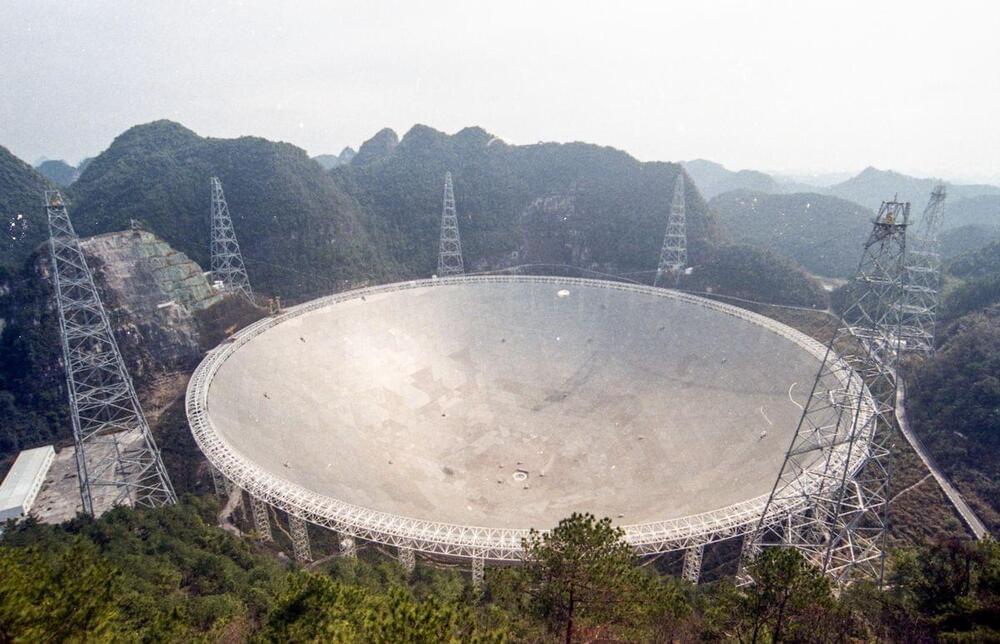Jackson, Michigan-based Sesame Solar is today unveiling what it claims is the world’s first fully renewable mobile nanogrid – that’s a small microgrid – that runs on solar and green hydrogen.
The nanogrid’s solar array is electronically unfolded, and it’s ready to start generating power within 15 minutes. The company claims it can be set up by a single person.
Depending on the model, as the nanogrid is modular and customizable, Sesame Solar’s turnkey nanogrids can produce between 3 and 20 kW of solar power, with total battery storage of 15 to 150 kWh. It’s designed to meet peak and average use and provide uninterrupted sustainable power. The company says the nanogrids are shipped within 45 days after the order is placed and claims they’re good for 20 years. The average cost is around $150,000.
